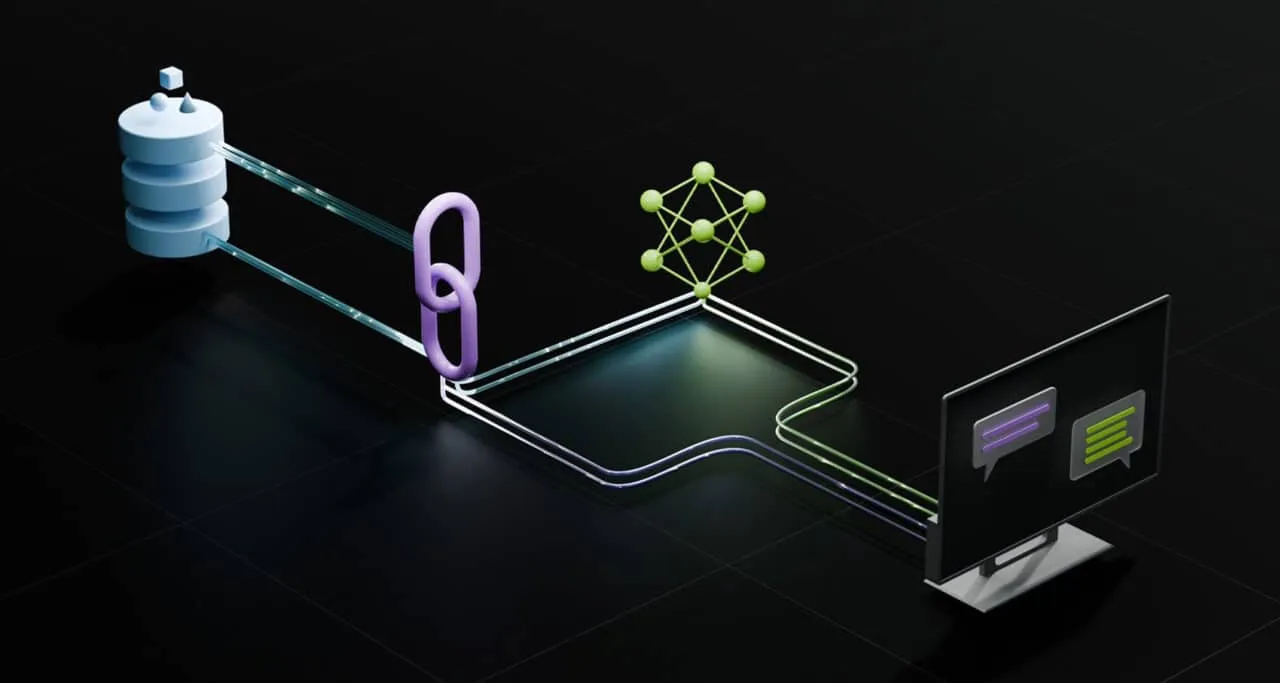
Retrieval-Augmented Generation (RAG) is a cutting-edge approach in the field of artificial intelligence (AI) that combines two powerful technologies: retrieval systems and generative models. This hybrid methodology enhances the capabilities of generative AI by grounding its outputs in external, up-to-date, and relevant information, addressing one of the key challenges of generative models: their reliance on static training data.
Breaking Down RAG: How It Works
RAG operates in two main steps:
-
Retrieval
A retrieval mechanism fetches relevant documents or information from a predefined knowledge base, database, or other external sources. This step ensures that the generative model has access to the most relevant and recent data, improving its ability to generate accurate and context-aware outputs. -
Generation
A generative model (e.g., GPT or other transformer-based models) uses the retrieved information to produce responses, insights, or solutions. The retrieved data serves as context, making the model’s output more grounded and reliable.
Why is RAG Important?
Generative AI models, such as GPT-3 or GPT-4, are trained on vast datasets that include text from books, articles, and websites. However, these datasets are static snapshots of information at a specific point in time. This limitation can result in:
- Outdated Information: Generative models cannot inherently access new developments or updates post-training.
- Hallucinations: The model may generate plausible-sounding but incorrect or fabricated information.
RAG addresses these limitations by integrating a retrieval step, ensuring that the model has access to up-to-date and relevant information, thus reducing hallucinations and improving factual accuracy.
Real-World Applications of RAG
RAG has transformative potential across various industries. Here are some notable use cases:
-
Customer Support
By combining a knowledge base of FAQs and a generative model, RAG-powered systems can provide accurate, context-aware responses to customer queries. -
Healthcare
In clinical decision support systems, RAG can retrieve the latest medical research or guidelines to provide insights for diagnosis and treatment recommendations. -
Education and Research
RAG can assist in academic and corporate research by retrieving and summarizing relevant papers or reports. -
Legal and Compliance
Law firms can use RAG to access case laws, statutes, and regulations, enabling more accurate and efficient legal research. -
E-Commerce
RAG can enhance product recommendation systems by retrieving user-specific or trending information and generating personalized suggestions.
Key Components of RAG
To build an effective RAG system, the following components are critical:
- Retrieval System: This can be a vector search engine, Elasticsearch, or a database optimized for retrieving relevant documents based on user queries.
- Generative Model: Typically, a transformer-based model like GPT, which excels in natural language generation tasks.
- Knowledge Base: A structured repository of data that serves as the source for the retrieval mechanism. This could be documents, API responses, or real-time data.
Benefits of RAG
- Improved Accuracy: Grounding generative AI responses in retrieved data leads to more factually correct outputs.
- Adaptability: By updating the retrieval database, the system can provide real-time or domain-specific insights without retraining the generative model.
- Cost-Effectiveness: RAG reduces the need for frequent model retraining by relying on updated retrieval data.
Challenges and Considerations
Despite its advantages, RAG comes with its own challenges:
- Retrieval Quality: The system is only as good as the quality and relevance of the retrieved data. A poorly designed retrieval mechanism can degrade performance.
- Latency: Combining retrieval and generation can increase response times, which may be critical in time-sensitive applications.
- Data Privacy: When dealing with sensitive data, ensuring the security and compliance of the retrieval system is crucial.
The Future of RAG
As AI continues to evolve, RAG represents a significant step forward in making generative AI more accurate, trustworthy, and versatile. With advancements in retrieval systems, such as improved vector search algorithms and real-time data integrations, RAG will play an increasingly pivotal role in areas like personalized AI assistants, real-time analytics, and domain-specific AI solutions.
By bridging the gap between static generative models and dynamic, real-world information, RAG sets a new standard for how AI can interact with and utilize data, ensuring outputs that are not just intelligent but also reliable and grounded in reality.